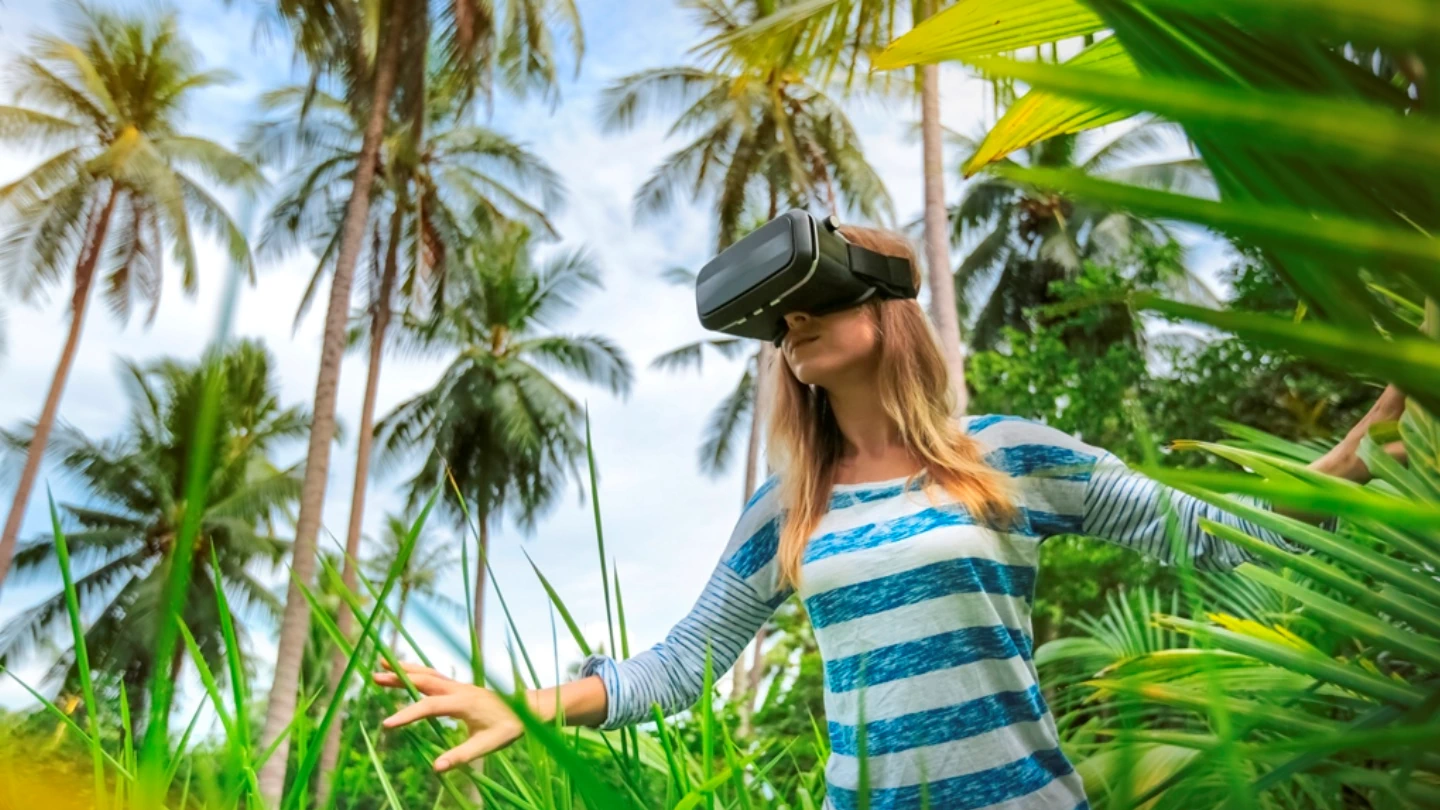In the most recent timeframe, Virtual Reality (VR) and Augmented Reality (AR) technologies have broken the barriers between the real and digital worlds, creating boundless possibilities for education. As these immersive technologies make their way into classrooms, the creative minds of educators are the key to unlocking their full potential.
However, the journey from traditional methods to innovative VR/AR lessons is seldom a solitary endeavor. Collaboration among teachers accelerates this transition and enriches the educational content created.
This article aims to navigate through the collaborative process of creating VR/AR lessons and activities.
Embracing the Collaborative Spirit
Benefits of Collaboration
- Pooling Expertise: Teachers come from diverse educational backgrounds and experiences. When collaborating, a mix of different expertise levels forms a rich resource pool that enhances the quality and diversity of VR/AR lessons.
- Encouraging Creativity: Collaboration sparks creativity. When educators brainstorm together, new ideas and perspectives emerge, fostering a culture of innovation essential for developing engaging VR/AR content.
- Providing a Support Network: The pathway to integrating new technologies in education can be challenging. A collaborative approach provides a support network for teachers to learn from each other’s successes and hurdles.
Fostering a Collaborative Environment
- Open Communication Channels: Effective communication is the cornerstone of successful collaboration. Establishing open channels for discussion, feedback, and brainstorming is crucial.
- Regular Team Meetings: Scheduled team meetings ensure everyone is on the same page regarding goals, progress, and upcoming deadlines.
- Embracing a Culture of Feedback and Continuous Improvement: A constructive feedback culture helps refine VR/AR content, ensuring it meets the desired educational objectives.
Getting the Ball Rolling: Initial Steps
Identifying Goals and Objectives
Before diving into the technical aspects, aligning the VR/AR lessons with the curriculum and defining clear learning outcomes is crucial.
Choosing the Right Technology
The choice between VR or AR and the selection of hardware and software platforms significantly impact the project. Choosing technology that matches the schools’ resources and the educators’ technical skills is essential.
Nuts and Bolts: Developing VR/AR Content Together
Dividing the Work
- Assigning Roles Based on Strengths and Interests: Having a clear division of roles within the collaborative team is essential. Assign tasks based on individual strengths, interests, and expertise to ensure a smooth workflow.
- Establishing Deadlines and Check-in Points: Setting timelines and regular check-ins helps track progress and ensure the project stays on schedule.
Content Creation
- Researching and Gathering Resources: The first step in content creation is researching and gathering necessary resources. This includes finding accurate information, images, videos, or any other materials needed for the VR/AR lessons.
- Designing Immersive Experiences: The essence of VR/AR education lies in creating immersive, interactive experiences. Work together to design lessons that engage students and enhance their understanding of the subject matter.
Technical Development
- Basic Coding (if necessary): Some VR/AR platforms may require a basic understanding of coding. Don’t shy away from learning the basics or seeking help from tech-savvy colleagues.
- Utilizing VR/AR Creation Platforms: Various platforms are available that simplify the process of creating VR/AR content. Explore different options and choose one that suits the project’s needs and the team’s expertise.
Testing the Waters: Pilot Programs and Feedback
Implementing a Pilot Program
- Selecting a Class for Initial Implementation: Choose a class to pilot the VR/AR lessons. It’s a chance to see how students interact with the new technology and how effectively the lessons achieve the intended learning outcomes.
- Collecting Feedback from Students and Co-teachers: Obtain feedback from both students and co-teachers to understand the strengths and areas for improvement of the VR/AR lessons.
Iterative Improvement
- Analyzing Feedback: Thorough analysis of collected feedback is crucial for improving the VR/AR lessons. Identify common themes and areas where adjustments are needed.
- Making Necessary Adjustments to the VR/AR Lessons: Use the feedback to make necessary adjustments. This iterative process helps refine the lessons to meet the educational objectives better.
- Sharing the Wealth: Disseminating VR/AR Lessons Beyond Your School
Documentation and Sharing
- Creating a Comprehensive Guide to Your VR/AR Lessons: Document the process, challenges faced, and the successes achieved. A well-documented guide can be a valuable resource for other educators.
- Sharing Resources and Experiences with the Broader Educational Community: Engage with online educational communities, local teacher networks, and conferences to share the VR/AR lessons and learn from others.
Networking and Professional Development
- Engaging in Professional Learning Networks: Join professional networks to connect with other innovative educators. It’s an opportunity to learn, share, and grow together.
- Presenting at Conferences and Educational Events: Sharing your collaborative VR/AR lesson creation journey at educational events can inspire other educators and provide an avenue for receiving constructive feedback.
Conclusion
The journey of collaboratively creating VR/AR lessons is a fulfilling venture that enhances the educational experience and fosters a culture of innovation and continuous learning among educators. As we navigate through the exciting yet challenging path of integrating VR/AR in education, remember that collaboration is not just about working together; it’s about growing together.
So, take the plunge, collaborate with your fellow educators, and create immersive learning experiences that will captivate your students and leave a lasting impact on their educational journey.



